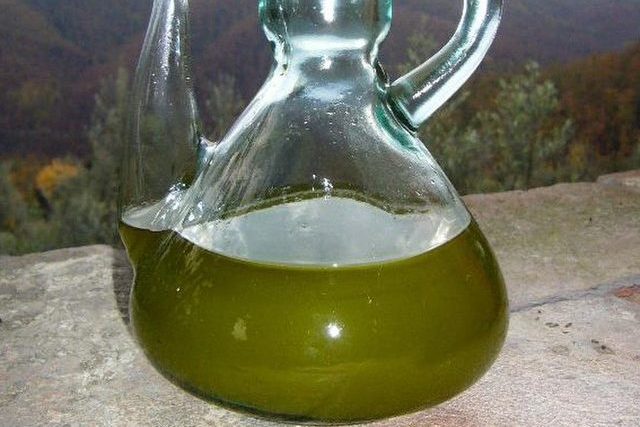It might be the middle of Australia’s March-September olive season. but consumers here are ruing doubling prices of olive oil.
Customers say that branded 750 ml olive oil that cost A$12 ($7.87) in 2021 has risen to A$24 ($15.74) in 2024.
Likewise, premium bottled brands have shot up in price by 44.3% from 2023 to date, from A$18 ($11.80) to A$26 ($17.05).
In similar straits is a popular four-liter olive oil family can, which is now beyond reach, at A$65 ($42.59).
The leading retail supermarket, Woolworths, however trusts that prices will gradually decrease as supplies recover.
Amid this promise, Alexandra, a Woolworths employee arraigned the commodity’s pricing history in a TikTok video, courtesy the Daily Mail. Here, she traced a standard A$9($5.90) olive oil bottle’s journey to its current price range of A$13-65($8.52-42.60).
Alexandra also cited how the price effect is happening not just in the Land Down Under but in Europe, too.
Europe’s Prices of Olive Oil & Counterfeits
Indeed, the price in Europe had already hit a record €9.20 ($10.03) a liter in January 2024. This was just a little more than its previous high of €$9 ($9.71) in December 2023.
The crux is low supply from especially Spain, where back-to-back weather effects in 2022 and 2023 hampered production.
Neighboring Portugal in its part not only has had to deal with weather issues but with fake oil, too. In July 2024, Portugal’s Food & Economic Security Authority seized cooking oil worth €57,000 ($62,107) that could have passed as olive oil.
Greece, Italy and Spain have also reported similar counterfeiting cases in late 2023. For instance in December 2023, Italy and Spain did away with 5.2 kiloliters of counterfeit extra-virgin olive oil.
As such, Australia’s price pinch is not just local, for prices of olive oil have gone overboard worldwide. And as the statistics below show, Australia depends in part on imports to quench huge domestic demand.
Australia Olive Oil Statistics
Australia is one of three southern hemisphere nations, the other Argentina and Chile, in the top 20 of world olive oil production. In the 2023-24 period, Australia ranked 14th in output at 20,000 tonnes, down from 24,000 tonnes in the 2022-23 period. However, this production does not meet home needs and huge imports cover the gap. In 2022, for example, Australia became the 13th biggest olive oil-importing nation with imports worth US$143 million. The country however still ranks among the 20 biggest exporters, and was position 16 in 2022, with shipments at US$12.27 million.
Who are Australia’s olive oil trade partners?
Australia exports pure olive oil to the United States, with shipments reaching US$4.83 million in 2022. Neighboring New Zealand followed at $3.74 million, while China and Taiwan came next at US$1.52 million and US$712,000 respectively. In terms of imports, Australia ships in over ten times what it ships out. In 2022, the country imported US$143 million worth from mainly Spain (US$107 million), Italy (US$18.4 million) and Greece (US$6.34 million).
How much olive oil does Australia use per year?
Australians consumed 54,000 tonnes of olive oil in the 2022-23 period, the 9th highest worldwide. In comparison, the world consumed a total of 2.6 million tonnes of this oil in 2022.
What is the trade status of Aussie olive oil in 2024?
According to the International Olive Council (IOC), olive oil trade in Australia fell by 44% between October 2023 and March 2024. This was as a result of low supplies and high consumer prices.
